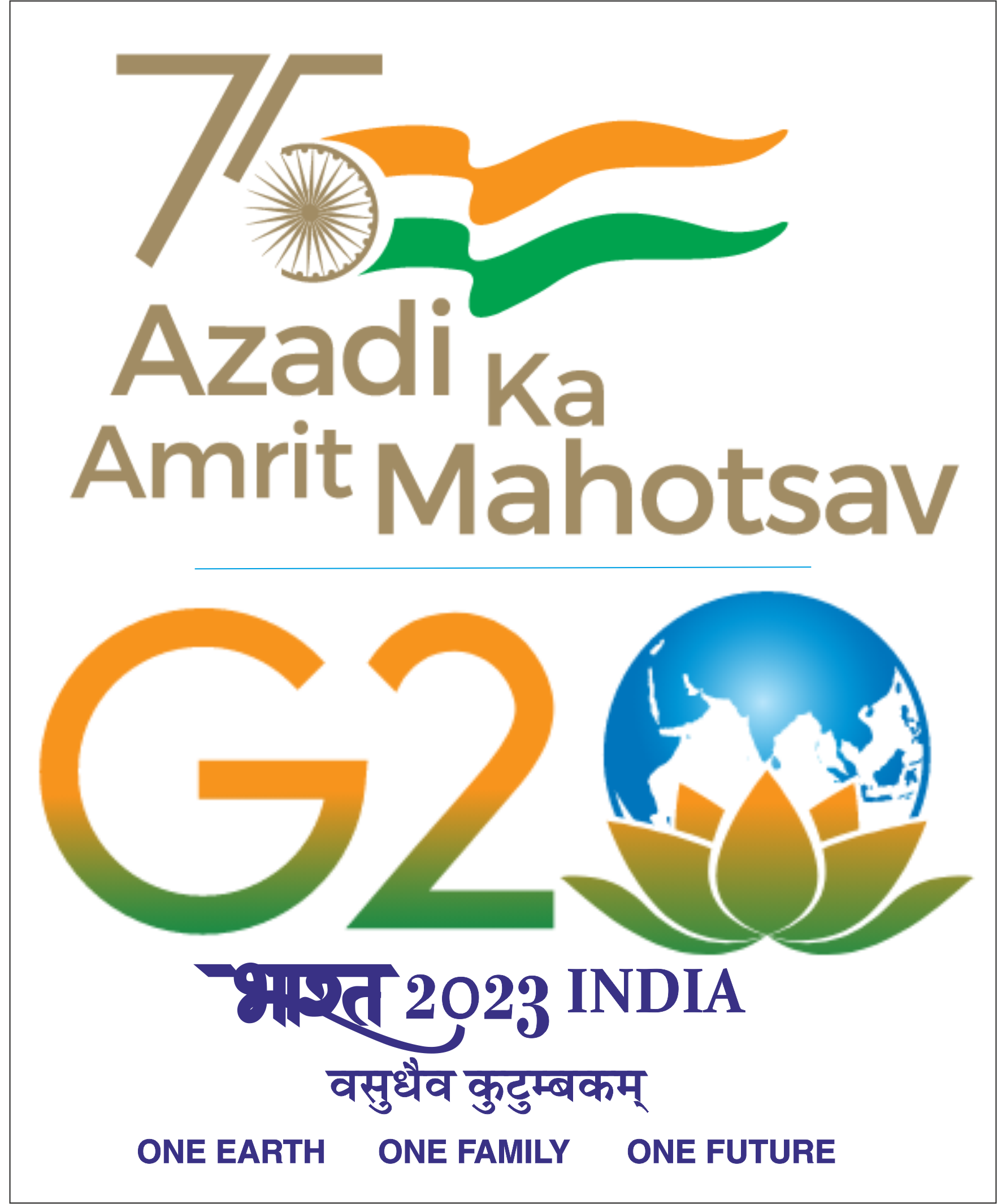Selection of Sanitation Technology for Small Towns
Name of Student:
Guide:
Project Type:
M. Tech Project -I (TD 695)
Sector:
Waste and Sanitation
Download Link:
Abstract:
The current situation of Sanitation sector in India shows that it lagging behind both technology
wise and coverage wise. At present different sewage treatment technologies are available to treat
waste based on parameters like type of waste, population density, LPCD of water used, type of
soil. But there are no proper set of guidelines mentioning the criteria for the use of different
technologies. Though CPEEHO has put down a set of guidelines, there are few shortcoming in the
technical aspect of planning. In this first part of thesis analysis of the municipal councils in
Maharashtra is done on the basis of population and population density. At present, there are mainly
two type of sanitation systems which are taken into consideration before designing a sanitation
system in India. One is on-site system, generally for rural areas and other is capital intensive
conventional sewerage system for big cities. Usually different parameters like population, rainfall,
water supply, elevation, soil strata are taken into consideration before selecting a sanitation system
to be designed. But this seldom takes place, due to which there is a serious threat to feasibility of
sanitation system both technically and financially. The report discusses the present sanitation
situation in Maharashtra and comparison of different sanitation technologies based on literature
available. Further, while emphasizing the need for alternative to conventional sewerage system, it
studies the feasibility of Small Bore Sewerage system for Sangole. A Small-Bore sewer network
is analysed for Sangole town of Solapur district of Maharashtra using a SewerGems.





